White-tailed bumblebee (Bombus lucorum)
One of the ‘Big 7’ widespread and abundant species, found in a wide range of habitats across the UK, and one of the typical black-and-yellow species. The species has a lemon-yellow collar at the front of the thorax and another bright yellow band in the middle of the abdomen, with a pure white tail: males have bright yellow facial hairs and are often extensively yellowed, particularly in the thorax.
The white-tailed bumblebee is a very common bumble bee that emerges early in the spring and can be seen feeding on flowers right through to the autumn. It can be found in gardens, farmland, woodland edges, hedgerows and heathland: anywhere there are flowers to feed on. As with other social insects, the queen emerges from hibernation in spring and starts the colony by laying a few eggs that hatch as workers; these workers tend the young and nest. Males emerge later and mate with new females who are prospective queens. Both the males and old queen die in the autumn, but the new queens hibernate.
This one is trying to dislodge the poppy leaves, presumably to make it easier to get at the pollen/nectar.
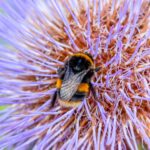
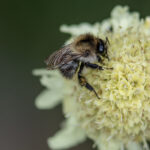
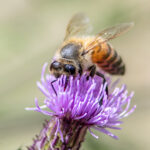
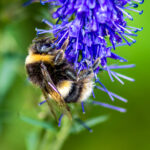
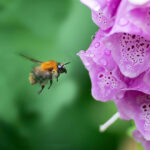
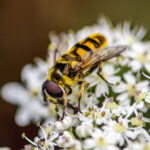
Leave a comment